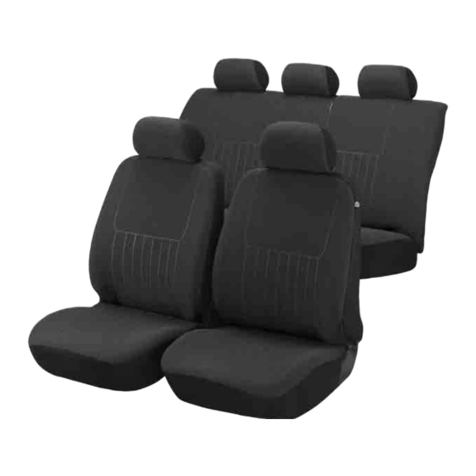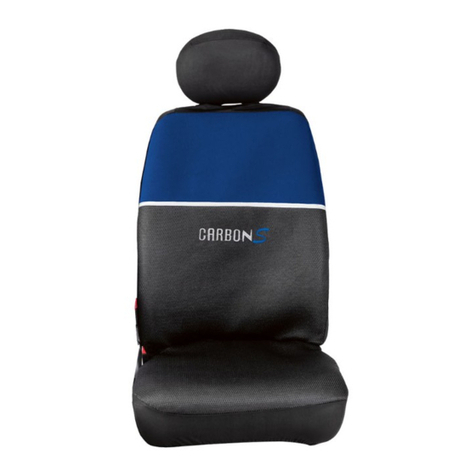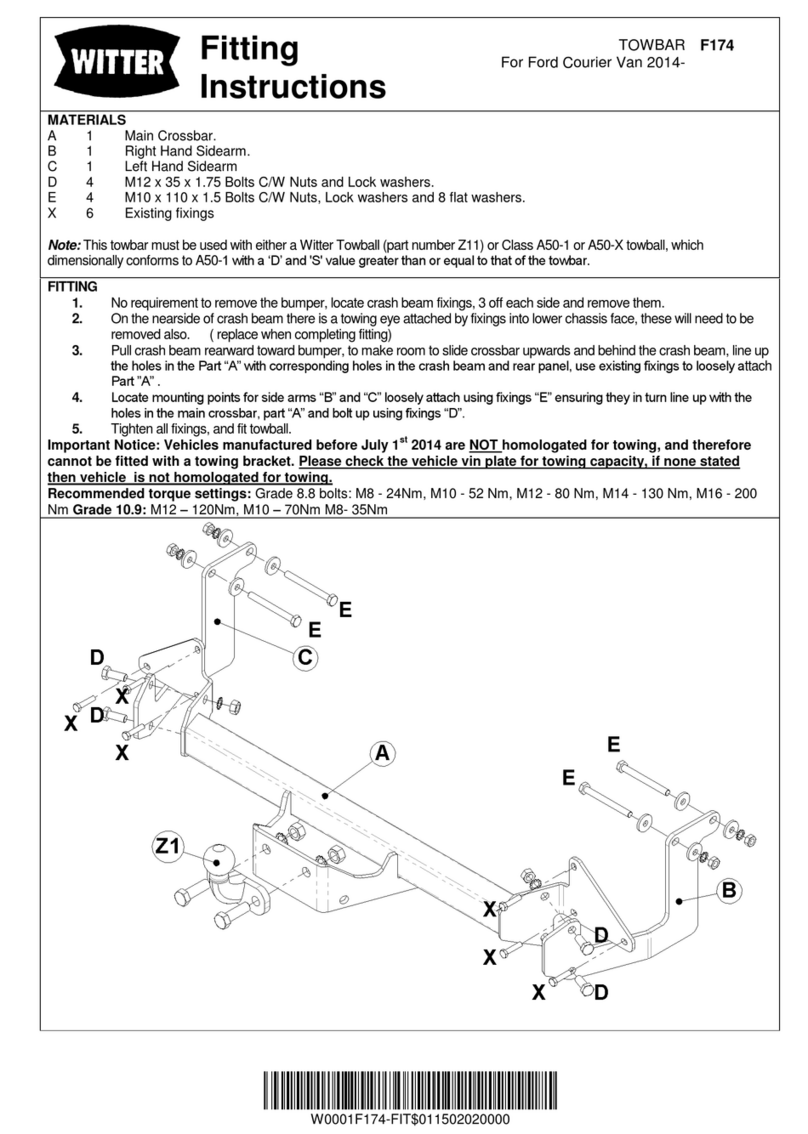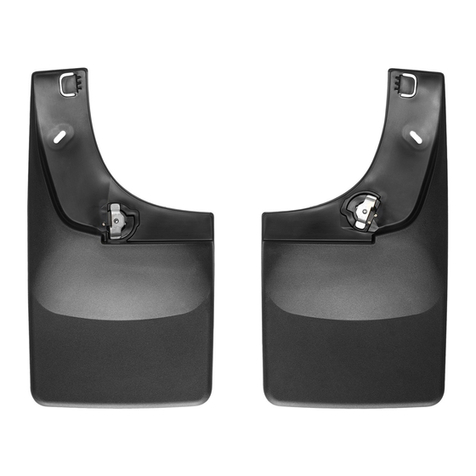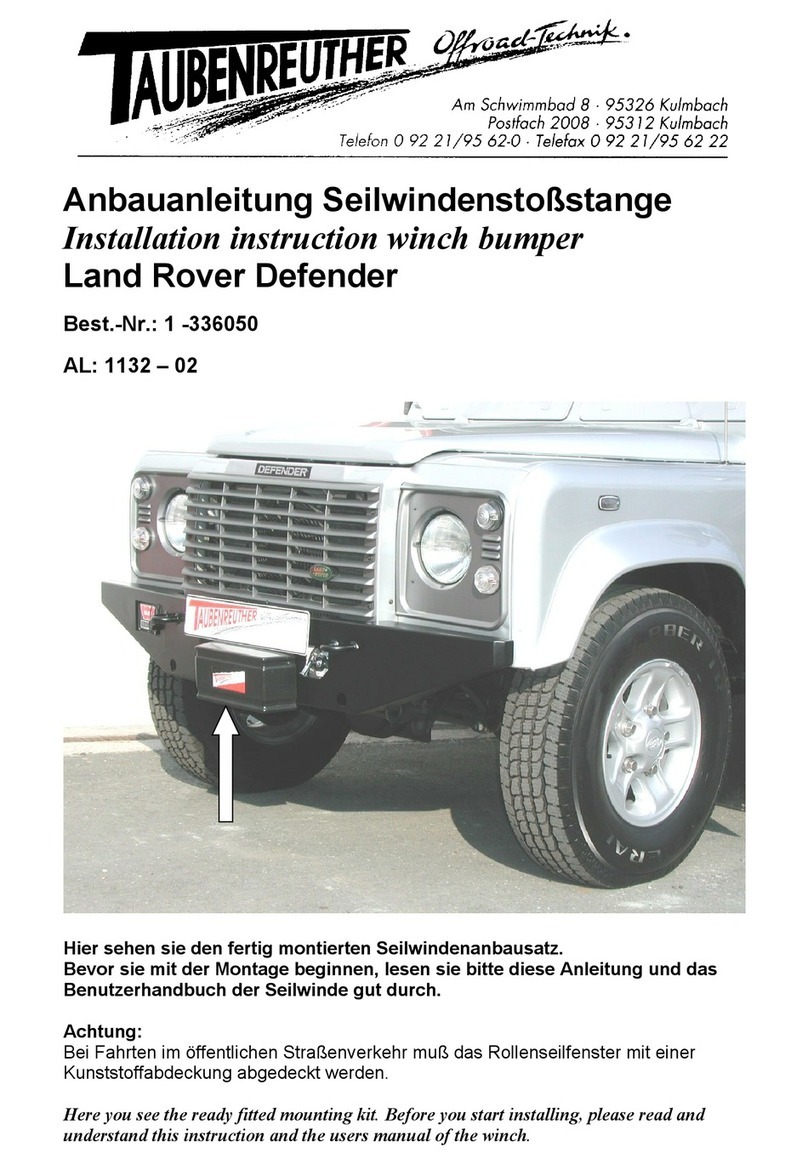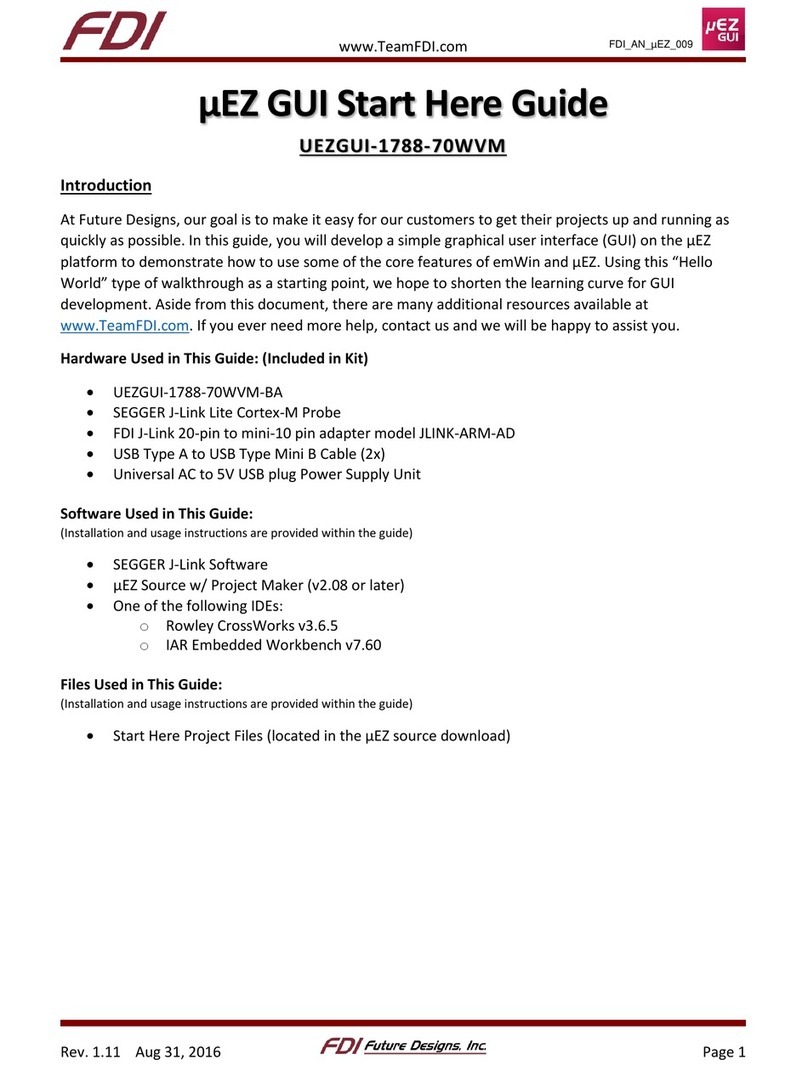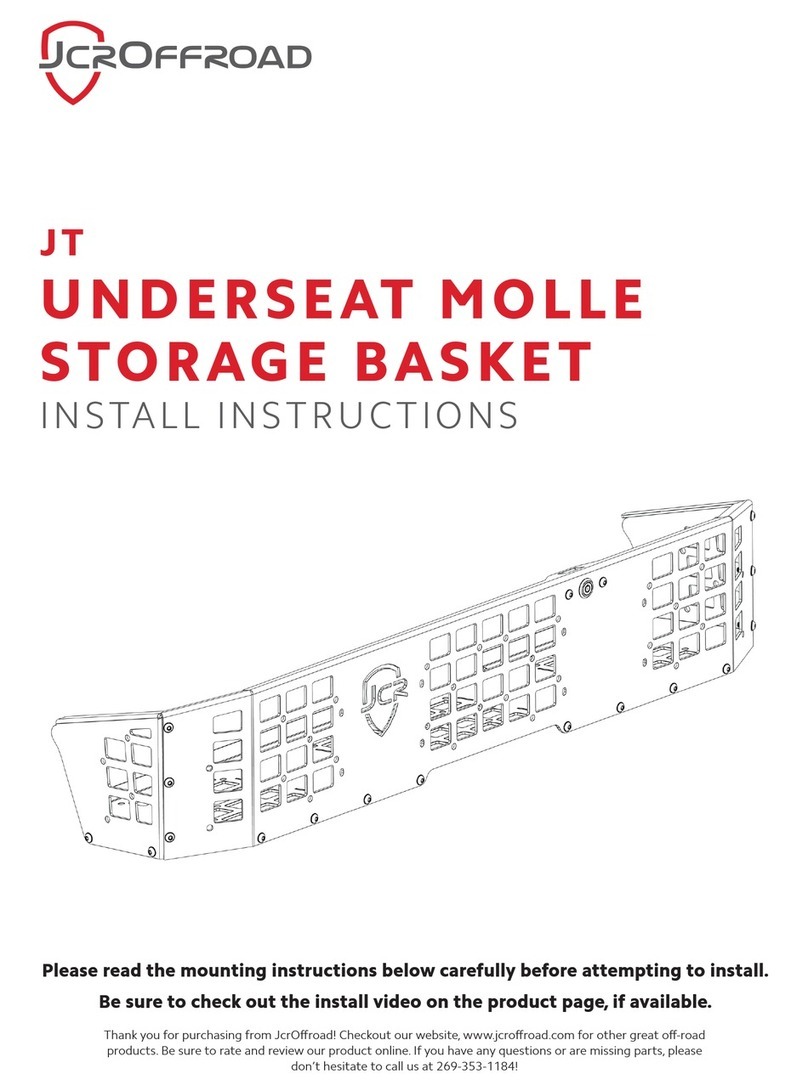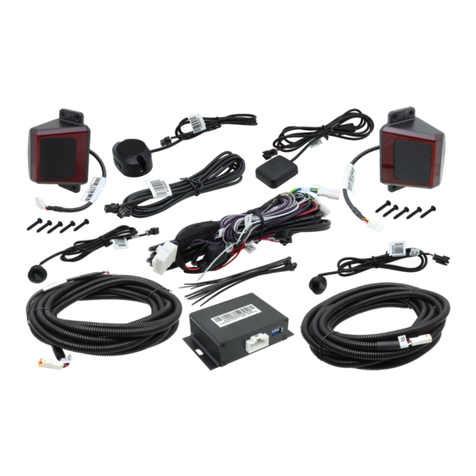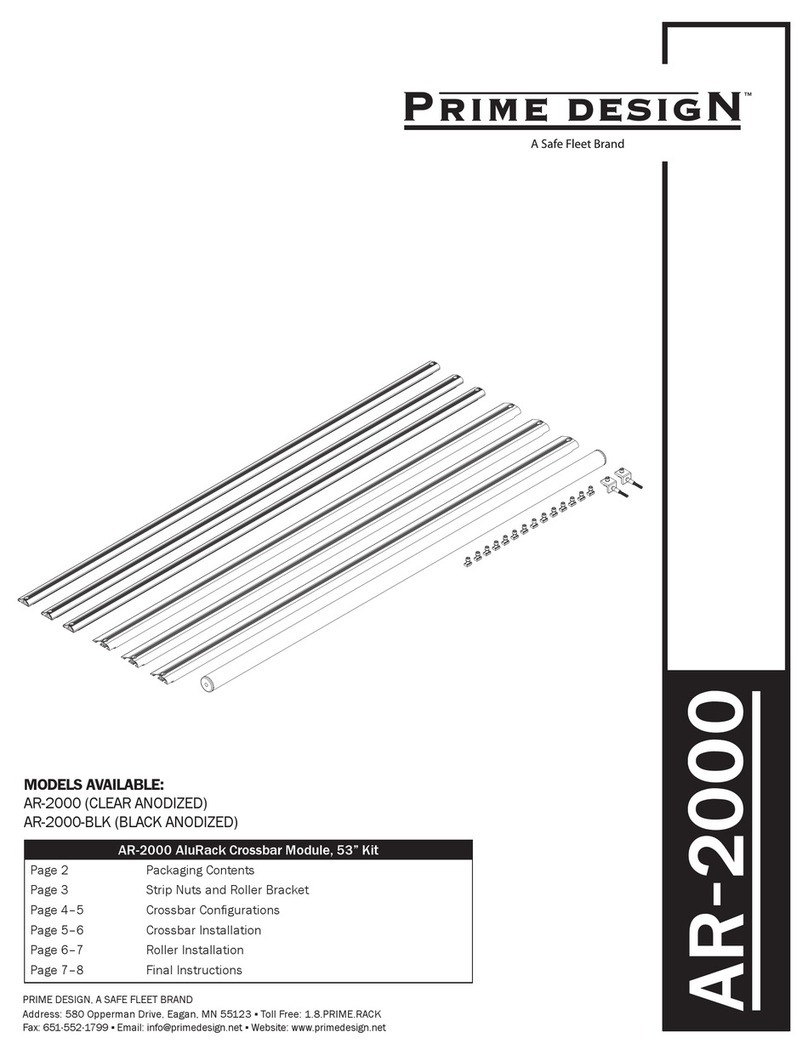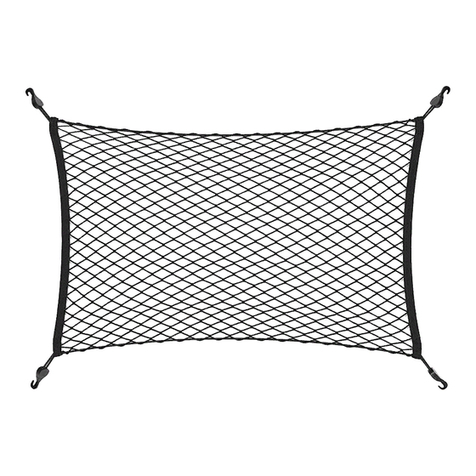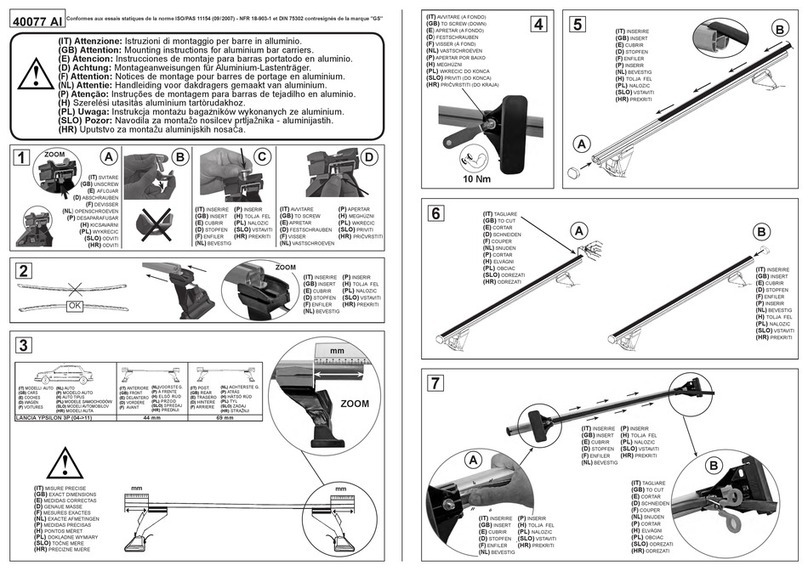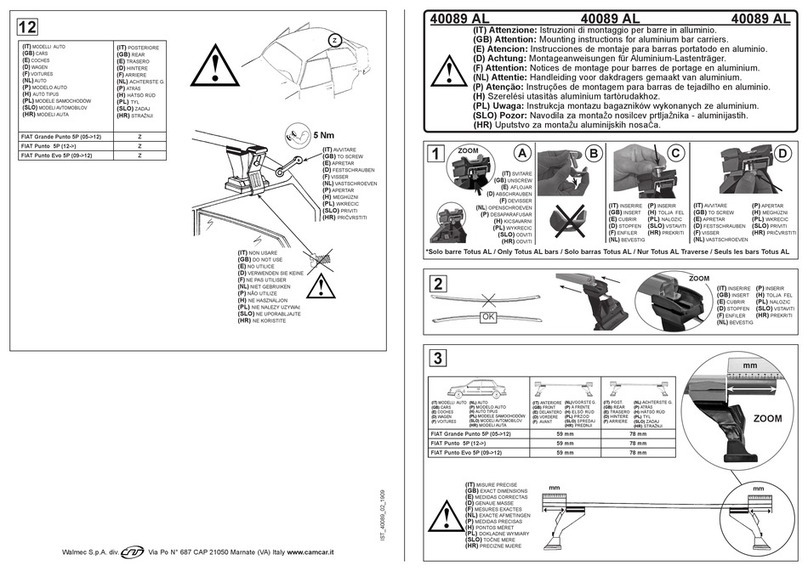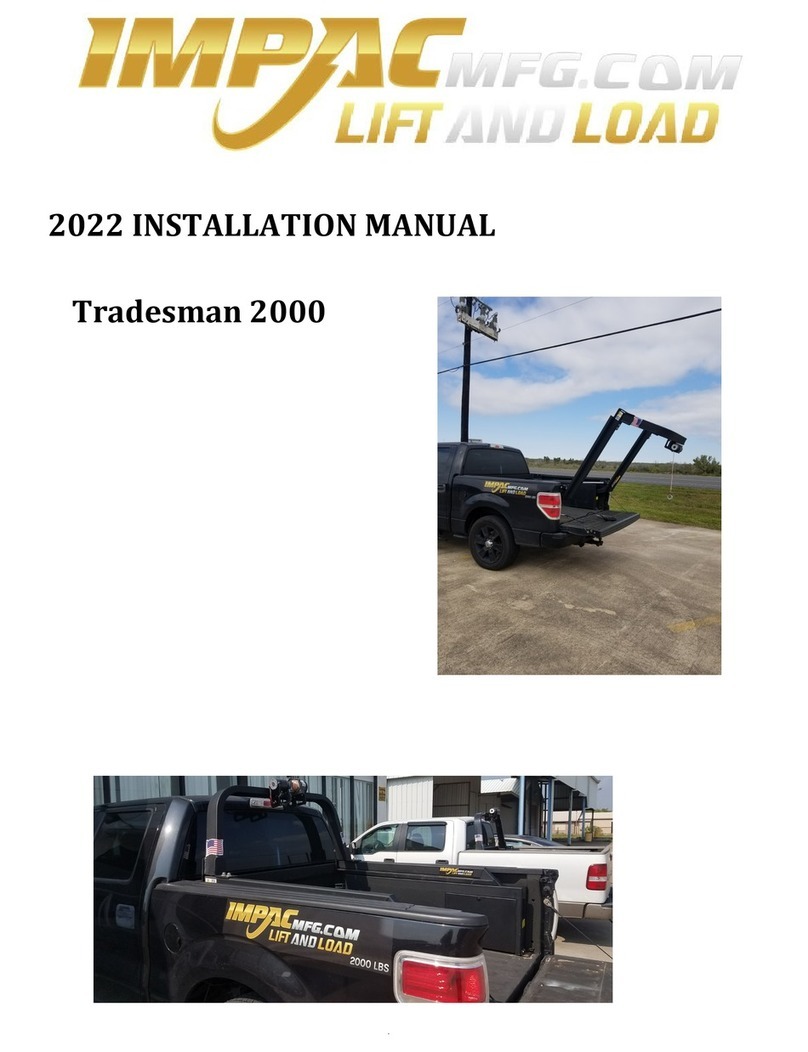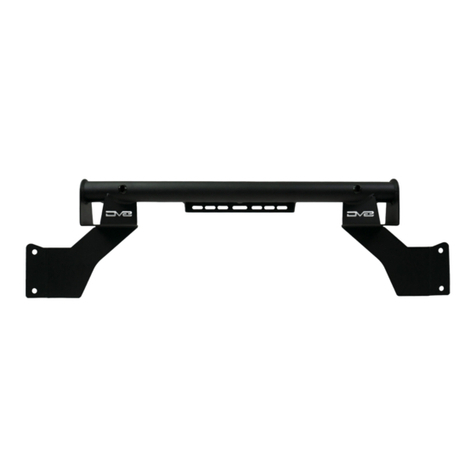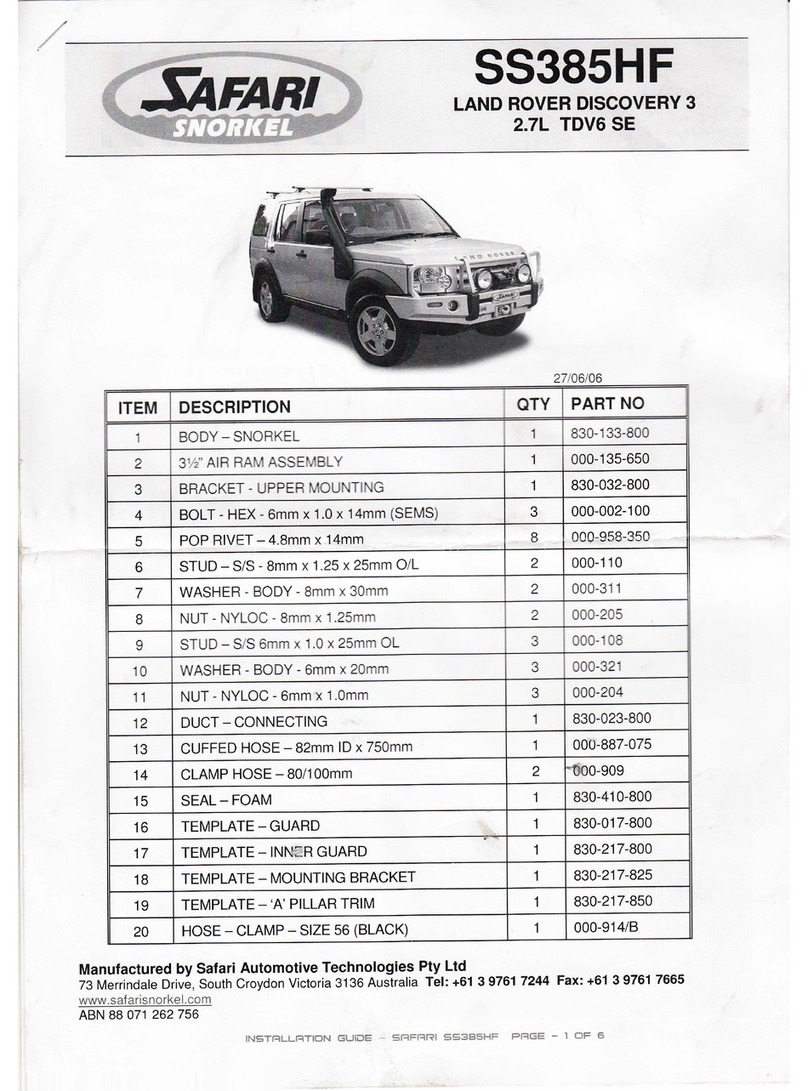
Issue 7, September 2011 Workshop Manual I-I-III
DB9 Workshop Manual
Contents
Introduction
Welcome............................................................... i-i-iv
Safety Precautions................................................... i-i-v
Lifting and Jacking................................................. i-i-vii
Vehicle Recovery ..................................................i-i-viii
Vehicle Identification Number ............................... i-i-ix
Body System (01.00)
Body Structure (01.01)..........................................1-1-3
Front End System (01.02) ......................................1-2-1
Body Closures (01.03)...........................................1-3-1
Interior Trim (01.05) .............................................1-5-1
Exterior Trim (01.08).............................................1-8-1
Mirrors (01.09)......................................................1-9-1
Seating (01.10)....................................................1-10-1
Glass, Frame and Mechanism (01.11)..................1-11-1
Instrument Panel (IP) (01.12)...............................1-12-1
Handles and Lock Mechanisms (01.14) ...............1-14-1
Wipers and Washer System (01.16).....................1-16-1
Bumpers (01.19) .................................................1-19-1
Restraining Devices (01.20).................................1-20-1
Frame and Mounting (02.00)
Subframes (02.03).................................................2-1-2
Engine System (03.00)
Engine Assembly (03.00) .......................................3-0-3
Engine Structure (03.01)........................................3-1-1
Lubrication System (03.02)....................................3-2-1
Cooling System (03.03) .........................................3-3-1
Fuel Charging System (03.04)................................3-4-1
Accessory Drive System (03.05).............................3-5-1
Engine Cranking System (03.06) ............................3-6-1
Ignition System (03.07) .........................................3-7-1
Emission Control (03.08).......................................3-8-1
Valve Train (03.09) ...............................................3-9-1
Engine Sealing (03.10).........................................3-10-1
Power Conversion (03.11)...................................3-11-1
Air Charging (03.12)............................................3-12-1
Evaporative Emissions (03.13) .............................3-13-1
Engine Management System (03.14)....................3-14-1
Throttle Control (03.16) ......................................3-16-1
Suspension (04.00)
Road Wheel Alignment (04.00) .............................4-0-2
Front Suspension (04.01).......................................4-1-1
Rear Suspension (04.02)........................................4-2-1
Road Wheels and Tyres (04.04) ............................4-4-1
Driveline (05.00)
Driveshaft (05.01) .................................................5-1-2
Rear Drive System (05.02) ....................................5-2-1
Halfshafts (05.05)..................................................5-5-1
Brake System (06.00)
Description...........................................................6-1-2
Front Disc Brake (06.03) .......................................6-3-1
Rear Disc Brakes (06.04).......................................6-4-1
Hand Brake (06.05) ..............................................6-5-1
Brake Actuation System (06.06) ............................6-6-1
Power Brake System (06.09) .................................6-9-1
Transmission (07.00)
Automatic Transmission (07.01) ............................7-1-2
Transmission Cooling (07.02) ................................7-2-1
Manual Transmission (07.03) ................................7-3-1
Automatic Control System (07.05).........................7-5-1
Clutch (08.00)
Clutch Controls (08.02).........................................8-2-1
Exhaust (09.00)
Exhaust Overview .................................................9-1-2
Silencer Assembly (09.01) .....................................9-1-3
Pipes and Supports (09.03) ...................................9-3-1
Fuel (10.00)
Fuel Tank and Lines (10.01)................................10-1-2
Steering (11.00)
Steering Gear (11.01)..........................................11-1-2
Power Steering (11.02)........................................11-2-1
Steering Column (11.04).....................................11-4-1
Steering Column Switches (11.05).......................11-5-1
Steering Wheel (11.06) .......................................11-6-1
Climate Control (12.00)
Body Ventilation system (12.01)..........................12-1-3
Heater System (12.02) ........................................12-2-1
Air Conditioning (A/C) System (12.03) .................12-3-1
A/C Control System (12.04).................................12-4-1
Information, Gauge and Warning (13.00)
Instrument Cluster (13.01) ..................................13-1-2
Power Supply (14.00)
Battery System (14.01) ........................................14-1-2
Alternator and Regulator System (14.02) .............14-2-1
